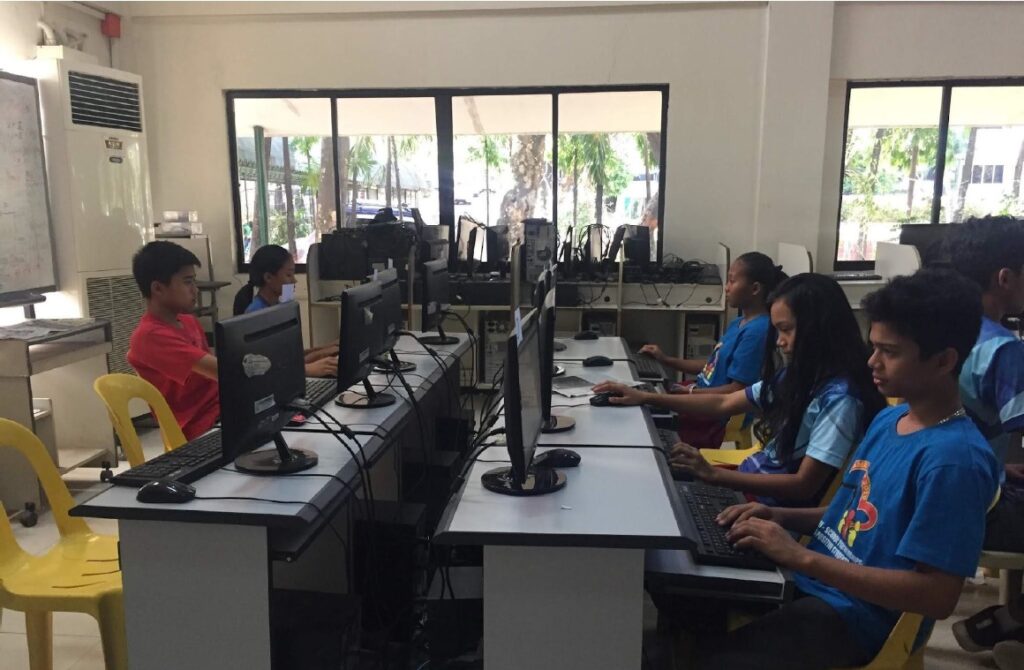Adolescents tend to focus on photos and facial features when judging strangers’ trustworthiness on social media
21 Jan 2025

In our social interactions, we make quick and fairly accurate impressions of other people. Of great importance is identifying who are trustworthy and who are not. When we perceive a person as trustworthy, we are more likely to approach that individual which could lead to meaningful interactions. On the other hand, when we perceive a person as untrustworthy, we are more likely to avoid that individual which ensures our safety from possible dangers. Bringing this into the online realm, this study explored impression formation among Filipino adolescents who are frequent users of information and communication technology (ICT). The results showed that when exposed to a stranger’s (dummy) social media page, adolescents rely more on visual cues (i.e., photos) than on verbal cues (i.e., statements), specifically those which reflect trustworthy behaviors (e.g., spending time with family) and trustworthy facial characteristics (e.g., smiling face). Adolescents are likewise sensitive to inconsistencies in a stranger’s social media page (e.g., a“single” status in the bio but with a photo with a romantic partner). Therefore, the more consistent the information (i.e., profile picture, photos, comments, biographic information), the more they perceive the stranger to be trustworthy. Consequently, this could lead to higher intentions of meeting with the stranger in the future, whether online or face-to-face. Overall, this study shows the importance of exploring online psychological phenomena such as impression formation as it can have important implications in ensuring safe and meaningful ICT- use among adolescents.
The ubiquity of information and communication technology (ICT) provides an imperative to investigate online psychological phenomena. Specifically, this study adds to the existing literature on online impression formation by focusing on a local (Filipino) adolescent sample and by using an experimental design, which are limitations of the current pool of work. Additionally, the study extends the investigation to the link between online impressions and behavioral intention which strengthens both the theoretical and practical implications of this study. By examining the underlying mechanisms that facilitate online impression formation, adolescents’ exposure and usage of various online platforms (e.g., social media) can be better understood to facilitate more positive outcomes (e.g., relationship maintenance, social support) and minimize negative ones (e.g., fraud, grooming, exploitation).
Authors: Julie Ann L. Oreiro-Nicart (College of Social Sciences, University of the Philippines Cebu/College of Social Sciences and Philosophy, University of the Philippines Diliman), Jonathan C. de la Cerna (College of Social Sciences, University of the Philippines Cebu/College of Social Sciences and Philosophy, University of the Philippines Diliman), Mary Donnavel A. Libron-Buloron (College of Social Sciences, University of the Philippines Cebu) and Justine Fiona M. Tomol (College of Social Sciences, University of the Philippines Cebu/College of Social Sciences and Philosophy, University of the Philippines Diliman)
Read full paper: https://sc01.tci-thaijo.org/index.php/tureview/article/view/240337
